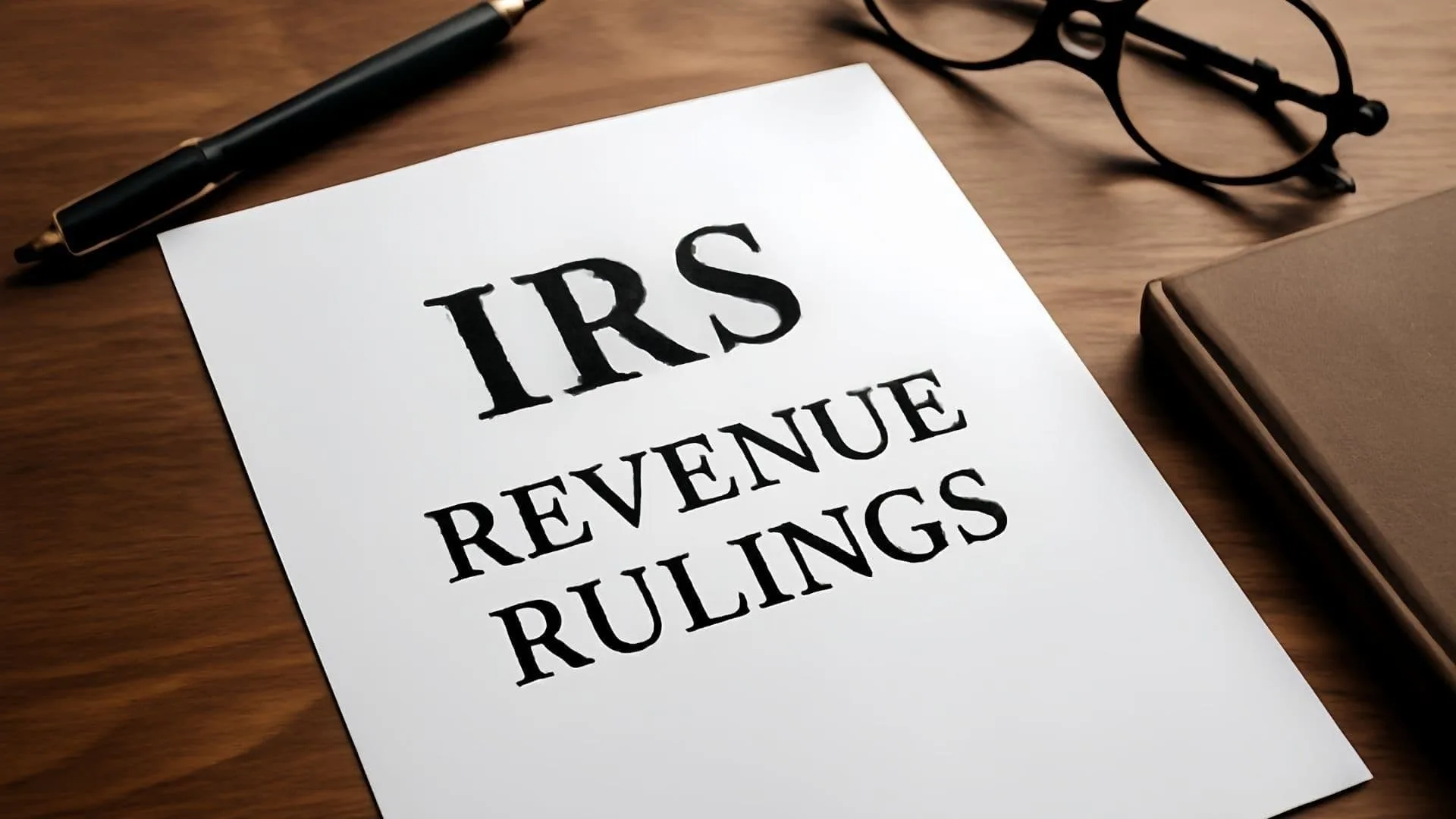
IRS Revenue Ruling 94-31 is a pivotal clarification on how electricity produced from wind energy qualifies for tax credits under Section 45 of the Internal Revenue Code. This revenue ruling specifically defines a “qualified facility” as each individual wind turbine, including its tower and supporting pad, owned by a taxpayer and placed in service between December 31, 1993, and July 1, 1999. This means that for windfarm owners, each turbine is recognized separately for tax credit purposes, which can be crucial for maximizing incentives. The ruling outlines how the components of a wind turbine—blades, mechanical gearbox, generator, and control mechanisms housed in a nacelle—work together on a tower with a supporting pad, providing optimal wind flow to produce electricity. This detailed specification ensures that taxpayers can confidently apply the renewable energy credits to their wind energy assets while understanding the conditions set forth by the IRS.
Key Provisions of Revenue Ruling 94-31
Revenue Ruling 94-31 emerged from the Energy Policy Act of 1992, which introduced Section 45, providing tax credits for electricity generated from renewable sources like wind. The ruling establishes that each wind turbine is a distinct “qualified facility,” eligible for a credit calculated as 1.5 cents per kilowatt-hour of electricity produced and sold to unrelated parties during a 10-year window starting from when the turbine is first placed in service. Importantly, the decision clarifies that not only new property but also facilities containing up to 20% used property by value still qualify, provided the other conditions are met. This nuanced interpretation ensures flexibility for taxpayers replacing or upgrading turbines without losing tax credit eligibility.
How It Impacts Windfarm Owners
For owners and operators of windfarms, this ruling is central because it affects how they account for and claim renewable energy credits. Since each turbine with its tower and pad counts as a separate facility, windfarm operators can claim credits for multiple units independently, potentially increasing the overall benefit. The ability to meter and monitor each turbine’s output allows accurate tracking for these tax credits, which encourages investment in renewable energy infrastructure by providing tangible financial incentives backed by IRS guidelines.

Practical Examples and Conditions
In practical terms, if a taxpayer replaces some turbines during the qualifying period (1994 to 1999), each replacement turbine is individually eligible as a qualified facility, provided it meets the placement-in-service rules. Each newly installed turbine operates independently from others, thus reinforcing their separate status under Section 45(c)(3). This regulation helps ensure that windpower investments are recognized and rewarded even when turbines are replaced or upgraded with some used parts, as long as those used parts do not exceed 20% of the facility’s total value.
Conclusion: Maximizing Renewable Energy Credits Under IRS Rules
IRS Revenue Ruling 94-31 is essential reading for anyone involved in wind energy production, as it clarifies how the tax code applies to these renewable energy facilities. By designating each turbine, tower, and pad as a separate qualified facility, the ruling supports better financial planning and clearer compliance for renewable energy tax incentives. Understanding this ruling helps taxpayers navigate the complexities of Section 45 and capitalize on the financial benefits of wind energy production within IRS guidelines.
FAQs
Q: What is IRS Revenue Ruling 94-31 about?
A: It defines each wind turbine with its tower and supporting pad as a separate qualified facility for tax credit purposes under Section 45.
Q: What period does IRS Revenue Ruling 94-31 cover for qualified facilities?
A: Facilities placed in service after December 31, 1993, and before July 1, 1999, qualify.
Q: Can used parts be part of a qualified facility?
A: Yes, if the used property value does not exceed 20% of the total facility value.
Q: How is the tax credit calculated under Section 45?
A: It equals 1.5 cents multiplied by the kilowatt-hours of electricity produced and sold during a 10-year period.